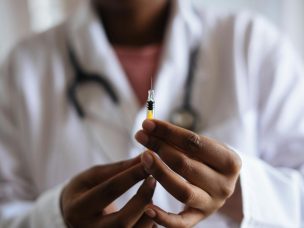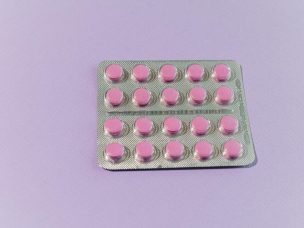FRIDAY, Jan. 8, 2021 (HealthDay News) — The associations between interarm differences in systolic blood pressure and all-cause mortality, cardiovascular mortality, and cardiovascular disease have been confirmed in a review published online Dec. 21 in Hypertension.
Christopher E. Clark, M.B., Ch.B., Ph.D., from the University of Exeter Medical School in the United Kingdom, and colleagues searched for studies recording bilateral blood pressure and outcomes. Data were included from 24 studies with 53,827 participants.
The researchers observed associations for systolic interarm difference with all-cause and cardiovascular mortality (continuous hazard ratios [95 percent confidence intervals], 1.05 [1.02 to 1.08] and 1.06 [1.02 to 1.11], respectively, per 5 mm Hg systolic interarm difference). For all-cause mortality, hazard ratios increased with interarm difference magnitude from a ≥5 mm Hg threshold (hazard ratio, 1.07; 95 percent confidence interval, 1.01 to 1.14). In people without preexisting disease, systolic interarm differences were associated with cardiovascular events after adjustment for Atherosclerotic Cardiovascular Disease, Framingham, or QRISK cardiovascular disease risk algorithm version 2 cardiovascular risk scores (hazard ratios [95 percent confidence intervals], 1.04 [1.00 to 1.08], 1.04 [1.01 to 1.08], and 1.12 [1.06 to 1.18] per 5 mm Hg).
“Findings based on a single pair of sequential blood pressure readings suggest a reduction of the currently accepted normal systolic interarm difference to a limit of 10 mm Hg can be justified,” the authors write. “These findings are relevant to primary care practice and to low resource settings.”
Two authors disclosed financial ties to the pharmaceutical and medical device industries.
Abstract/Full Text (subscription or payment may be required)










